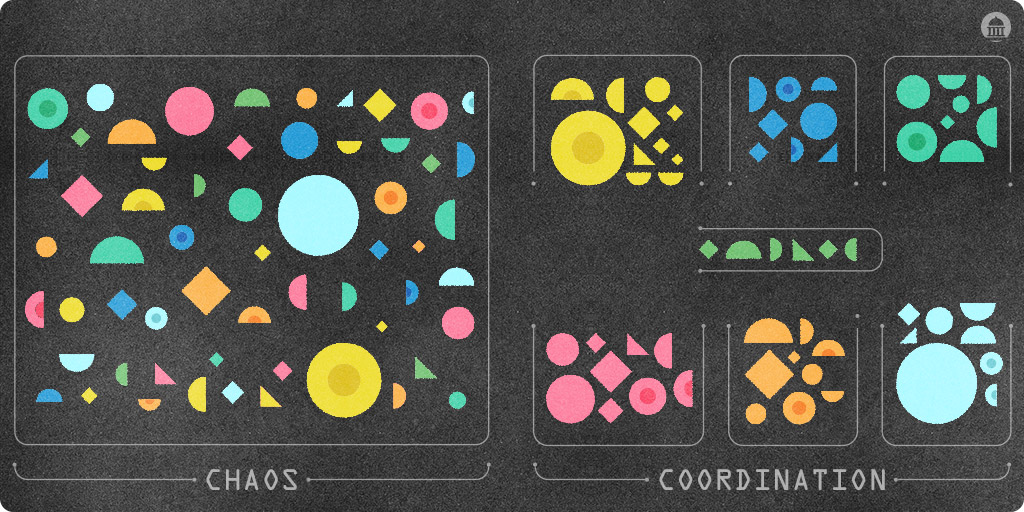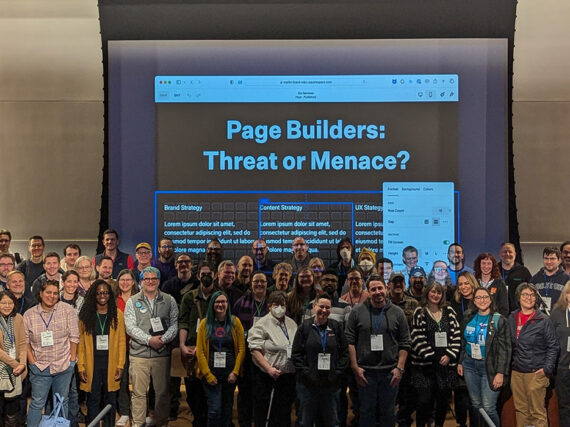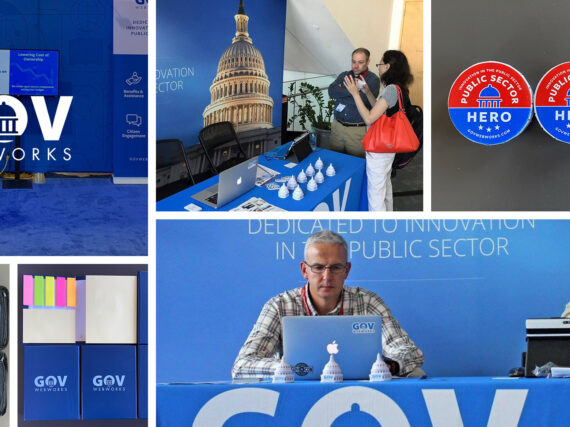Website redevelopment projects can be stressful. The combination of many decisions, moving parts, changing content, stakeholders, and deadlines can lend themselves to a certain degree of redesign madness.
In my position as a quality assurance tech and content migration lead, I get to see these struggles up close and personal. Do any of these experiences sound familiar?
- Decision makers worrying about which pages need updates to reflect recent policy changes
- Stakeholders ecstatic about the new features, but overwhelmed by the need to write new information
- Subject matter experts (SMEs) terrified that their carefully curated pages will get lost in the shuffle
Despite these dynamics, site content still needs to get written, edited, and updated. It also needs a home during the transition process to the new site.
The neglected stumbling block
Managing written content is hard, but there’s no escaping the need for it. Websites are content. A beautiful user interface is useless without meaningful topics for users to access.
Yet, too often, content is the neglected stumbling block of the development process. It’s time intensive to manage, there’s no automated unit test (yet) to check if it makes sense, and people are fiercely protective of “their” words. Underestimating how much time your project should dedicate to content is a sure-fire way to go over budget.
To make matters worse, organizing content is difficult and messy before launch. Topics may be scattered across different sections of old sites.
Through our experience working with public agencies, we’ve seen the following common content difficulties occur:
- Email chains used ineffectively as an editing tool, or a maze of Word docs kept in folders on various desktops
- Content mired in committee approval processes, and managed by complex due-date tracking spreadsheets
- The mad dash to copy and paste content into the content management system (CMS) before launch
It can be crushingly difficult to understand all the content until after site launch when it’s finally in one place again.
Sanity, restored
What’s needed is a viable way to manage these content blues. You can certainly try to “homebrew” a solution, but there’s at least one great tool out there designed to make the redevelopment and migration process easier. The one we use is called GatherContent. GatherContent is a flexible, simple-to-use, all-in-one content production application.
Here’s how it helped with a recent project:
1. Editing
The in-line commenting, notes, and revision log are familiar tools that simplify the editing process. Moving away from Word documents can be a tough sell for stakeholders (we’ve been there before). GatherContent offers enough of the tried and true to set folks at ease.
GatherContent ?s text editor allows authors to manage content all in one place. Along with common text editing tools, content gets clean, web-friendly formatting. Authors and editors can plan and craft pages long before entering content to the CMS. We’ve found it quick to learn with a minimum of training.
Furthermore, the easily updatable templates provide complete control over page structures. Content is organized in accordance with the final page layout. Templates that mirror CMS content types help editors feel at home on the new site.
2. Workflow
We’ve found the highly customizable workflow helps to manage the critical approval steps with ease. The color-coded at-a-glance reporting points out bottlenecks before they’re a crisis. Notifications can remind users of due dates and required approvals. Customizable roles and permissions ensure that the right people have the right tools. Reviewers, authors, and editors can get access to the pages they need — and avoid those they don’t.
We’ve also found that the process helps people feel comfortable moving into the new CMS. For example, after learning the GatherContent toolset, Drupal workbench content moderation is much easier to adopt.
3. CMS Integration
The ability to integrate with the CMS infrastructure sets GatherContent apart from lesser tools. API integrations allow content to be migrated directly from the GatherContent templates into the new CMS. This means less copy-paste. (Tip: To ensure a smooth mapping process, don’t forget to watch your field types!)
There’s no silver bullet to make a site redesign process “simple.” However, Simplifying the process is definitely possible. We’ve found that GatherContent’s clean interface and ease of use works well on big government projects where small gains can mean big savings overall.
Let us know about the content challenges you’re facing. We’d be happy to help determine if GatherContent might be part of the solution.
Author bio
Caroline Casals is a project coordinator who fills the roles of quality assurance tech and content migration lead. She’s also one of the fastest Slackers in the office.







